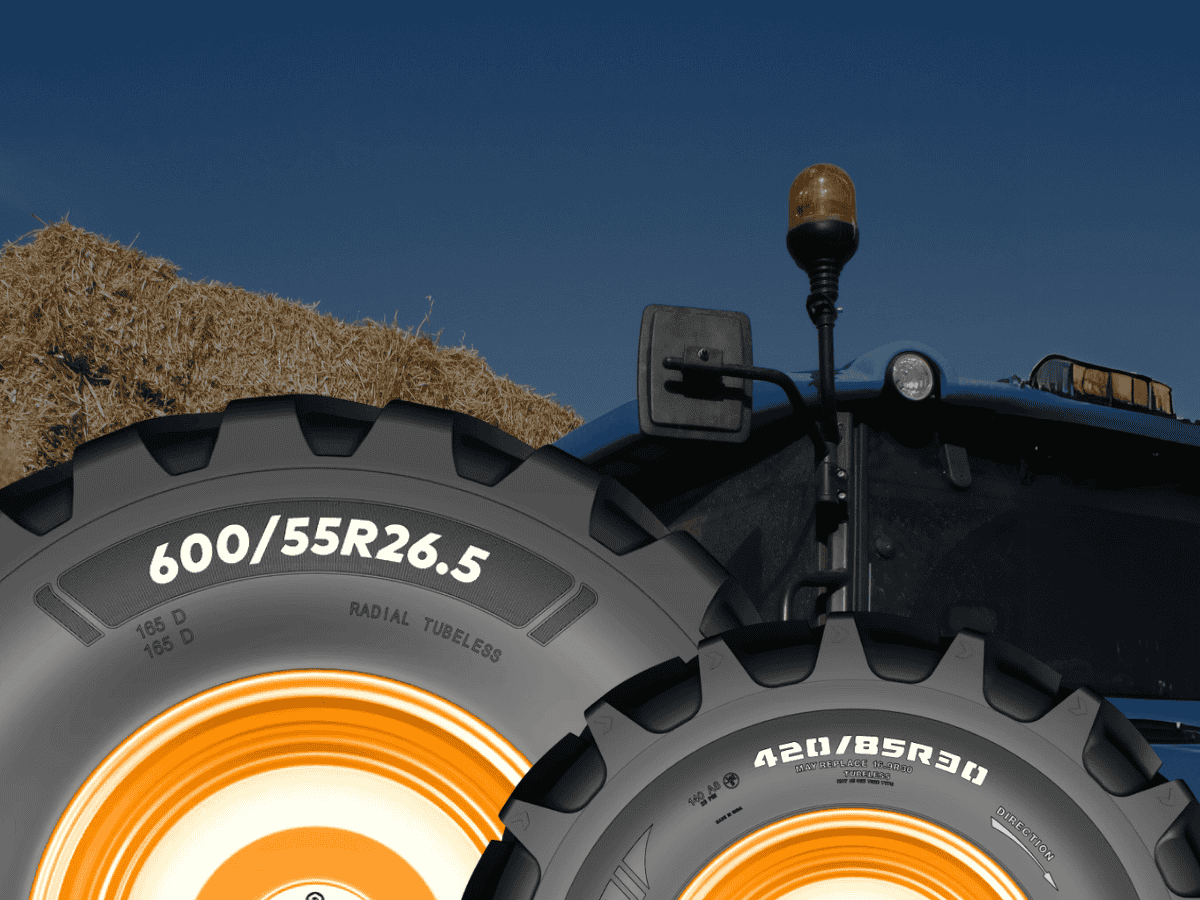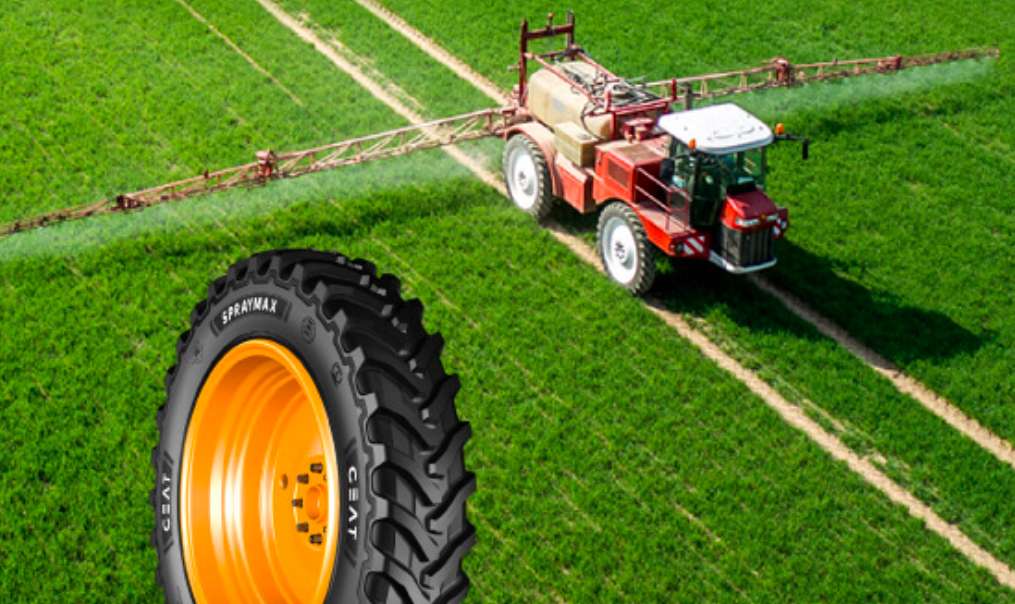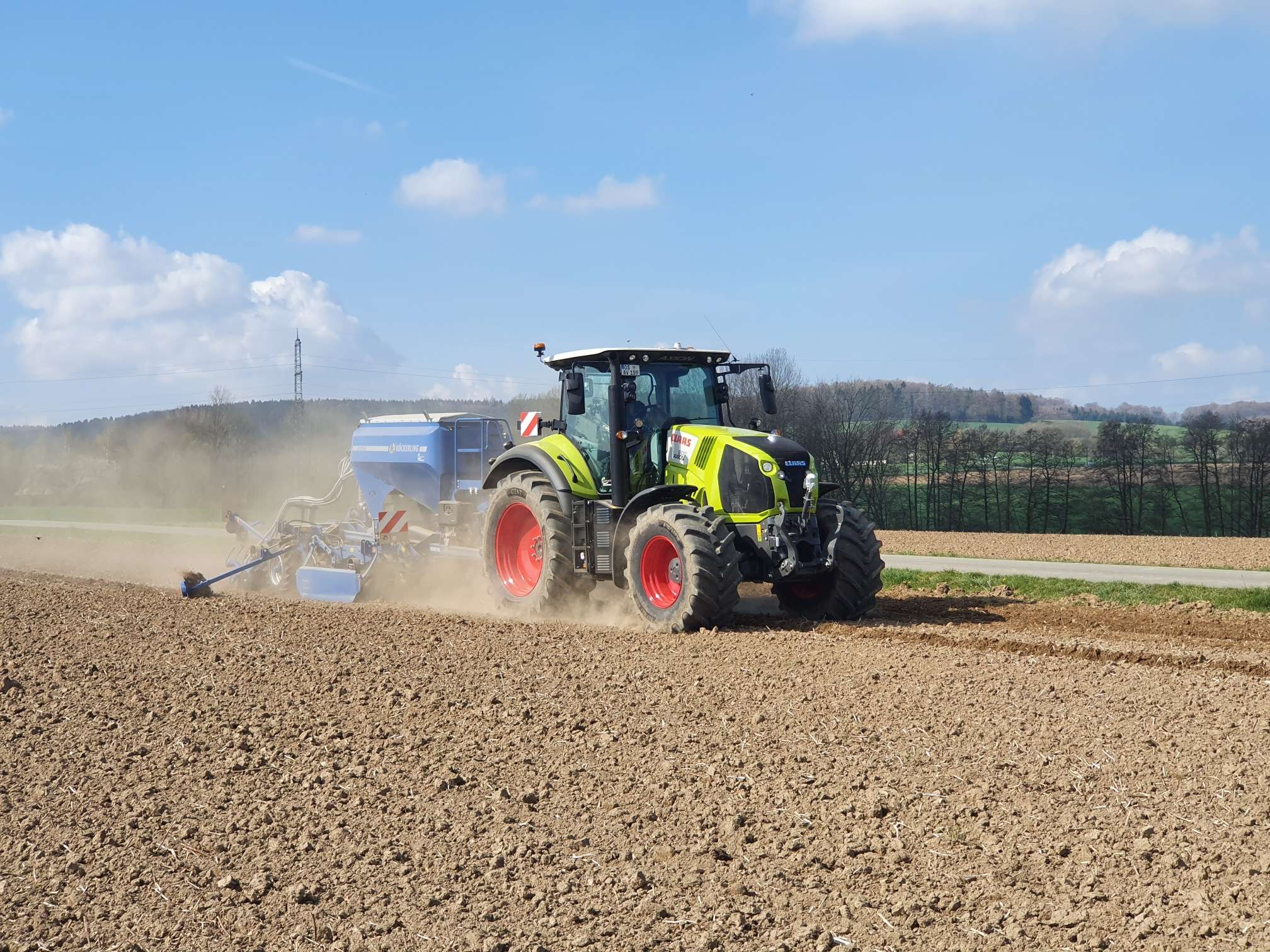ceat-speciality:blogs-tags/all,ceat-speciality:blogs-tags/products
Understanding load ratings for tractor tyres
Mon, 18 Nov 2024 | PRODUCTS
One of the most critical factors when selecting a tyre is its load rating. Understanding load ratings will help you ensure that your tractor tyres can handle the weight and stress of your specific applications.
This comprehensive guide will explore the importance of load ratings, how they are determined, and what to consider when choosing the right tyres for your tractor.
What is a Load Rating?
Load ratings indicate the maximum weight a tractor tyre can safely support. This measurement is essential for ensuring your tractor operates efficiently and safely under different loads. If a tyre is underinflated or overloaded, it can lead to rapid wear, blowouts, or even accidents. Load ratings are typically expressed in pounds per square inch (psi) or kilopascals (kPa).
The Importance of Load Ratings
Knowing the load ratings helps farmers and operators match tyres to their needs. Different tasks, such as ploughing, hauling, or tilling, require varying load capacities. Choosing the right load rating ensures that the tyres can handle the weight of the tractor, the implement attached, and any additional load from the cargo.
How Load Ratings are Determined?
Load ratings are determined through rigorous testing. Manufacturers assess the tyre's construction, materials, and design to establish a safe load capacity. These ratings are usually specified in kilograms and indicated on the tyre’s sidewall.
Understanding Load Index
The load index is a crucial component of the load rating. It is a numerical code that corresponds to the maximum load capacity. For example, a load index of 100 signifies that the tyre can support a load of up to 800 kg. Familiarising yourself with load index tables can help you better understand your tyre's capabilities. It's essential to choose a tyre with a load index that matches or exceeds the weight it will be carrying.
The Importance of Proper Tyre Inflation
Tyre pressure also significantly impacts load ratings. Under-inflated tyres may not support the designated load, leading to potential damage. Conversely, over-inflated tyres can cause uneven wear. Always check the manufacturer's recommendations for optimal tyre pressure to maintain proper load support.
Factors Affecting Load Ratings
Several factors influence the load rating of a tractor tyre:
- Tractor Tyre Size
Larger tyres have a larger footprint, which means they distribute the tractor's weight over a greater surface area. This reduced ground pressure helps prevent soil compaction and improve traction, especially in soft or muddy conditions. Additionally, larger tyres often have a higher load index, which indicates their ability to carry heavier loads.
- Tyre Construction
Radial tyres generally have higher load ratings than bias-ply tyres. A tyre’s materials and design significantly influence its load capacity. Tyres with reinforced sidewalls and advanced tread designs can typically support higher loads. Therefore, when selecting tyres, consider options that emphasise durability and strength.
- Tread Pattern
The tread pattern can also impact the tyre’s performance under load. For instance, deeper treads can enhance grip and traction, particularly in muddy conditions. This added grip is essential for maintaining stability, especially when carrying heavy loads.
- Weather Conditions
Weather conditions can influence how a tyre performs under load. Wet or muddy conditions can reduce traction, requiring a tyre with a better grip and load capacity. Always evaluate your farming environment when selecting tyres.
Choosing the Right Load Rating
To choose the right load rating for your tractor tyre, consider the following steps:
- Assess Your Needs
Begin by evaluating the primary tasks your tractor will perform. For example, if you frequently haul heavy loads, opt for tyres with a higher load rating. Conversely, lighter tasks may not require such robust tyres.
- Consult Manufacturer Guidelines
Always refer to the manufacturer’s guidelines when selecting tyres. These guidelines will provide crucial information on load ratings, recommended pressure, and compatibility with your tractor model. Manufacturer insights can help you avoid costly mistakes.
- Test Tyre Performance
Once you select tyres, consider testing them under actual working conditions. Monitoring how they perform with varying loads will help determine if they meet your needs. Gathering feedback from operators can also offer valuable insights.
Conclusion: Prioritise Safety and Performance
By understanding load ratings and other tyre specifications, you can select the right tyres for your tractor and ensure optimal performance, safety, and longevity. Always refer to your tractor's manual for specific recommendations.






















